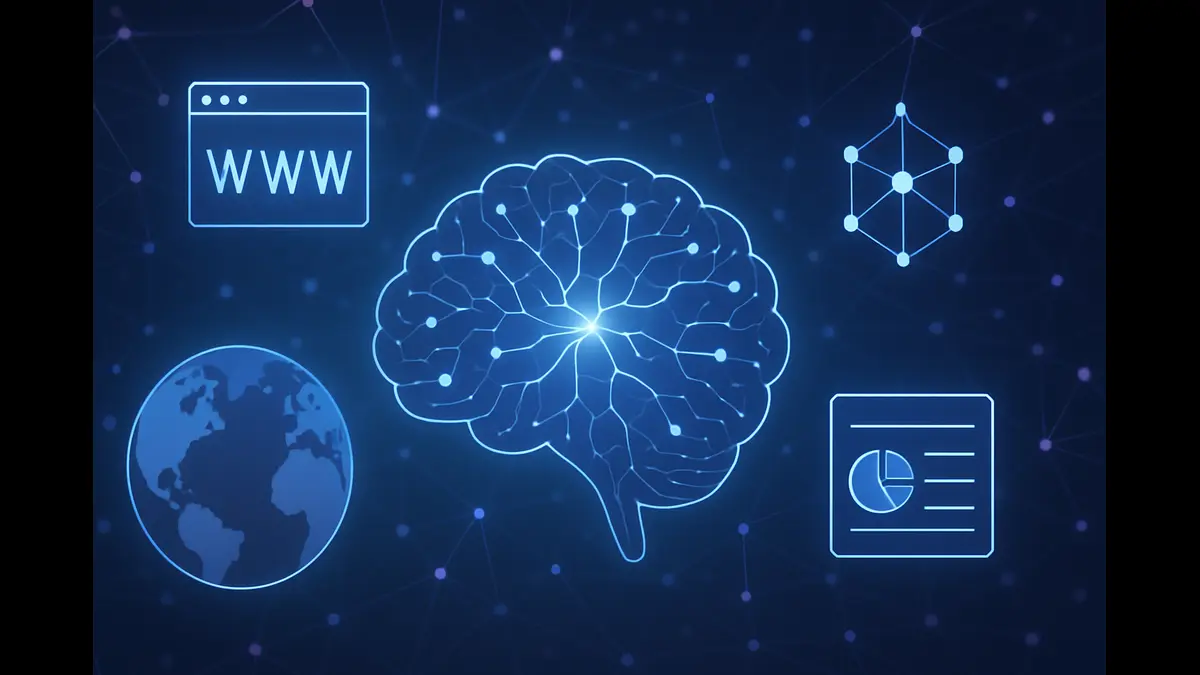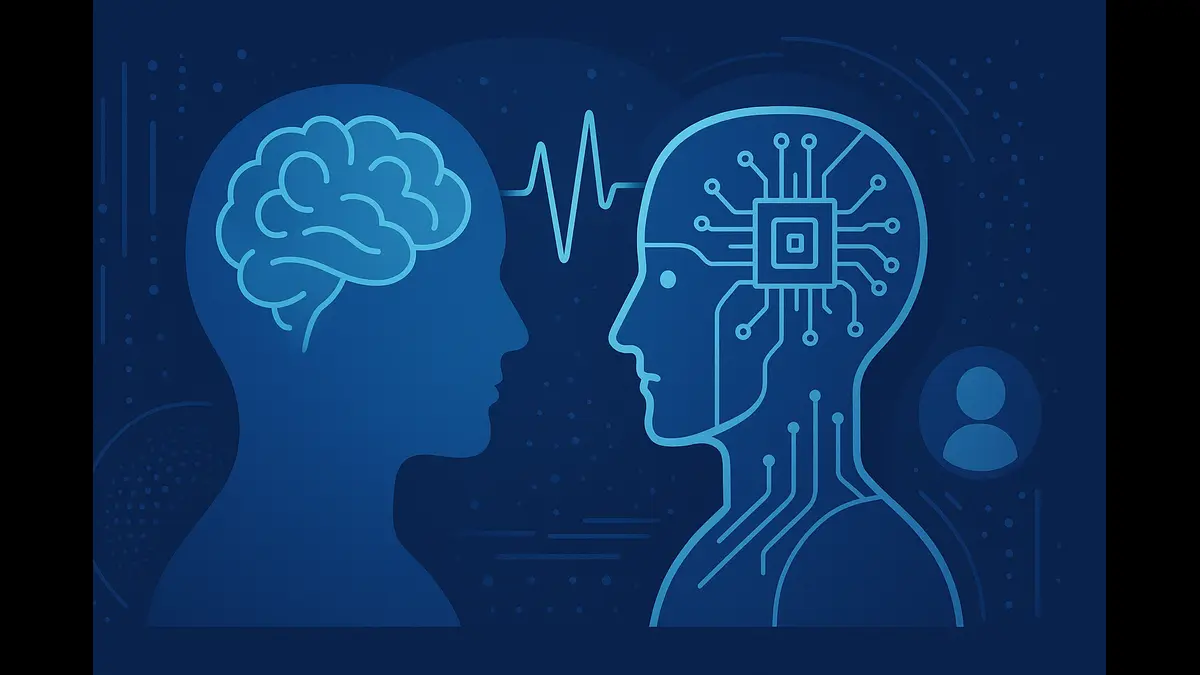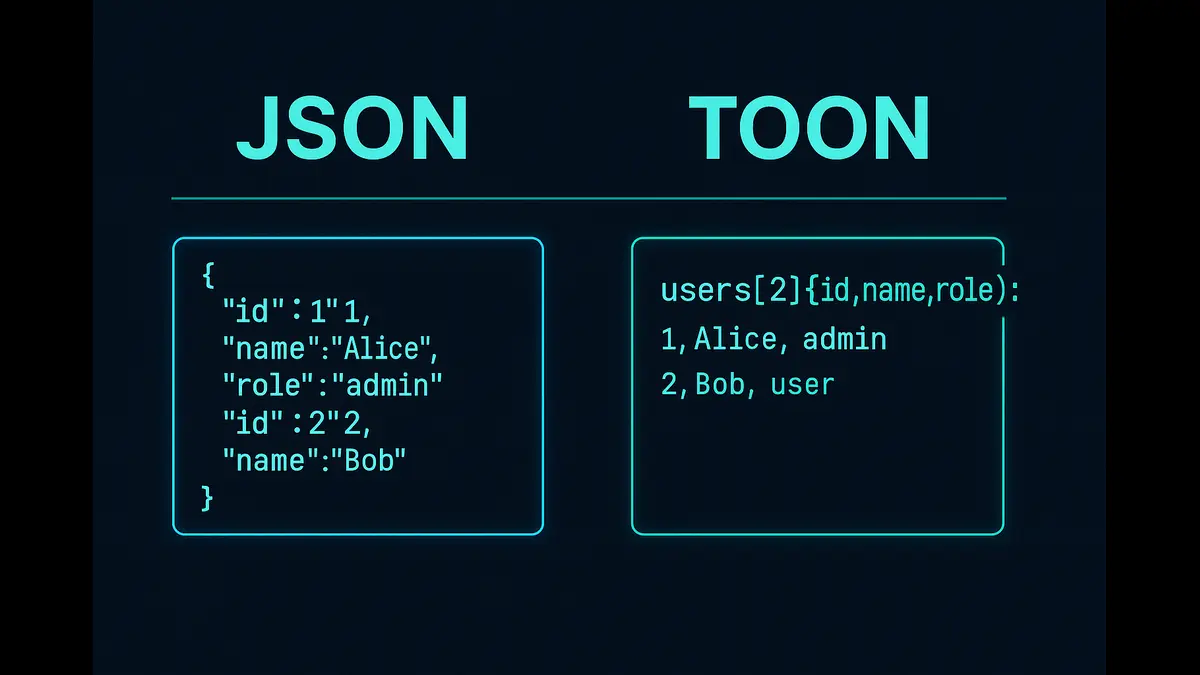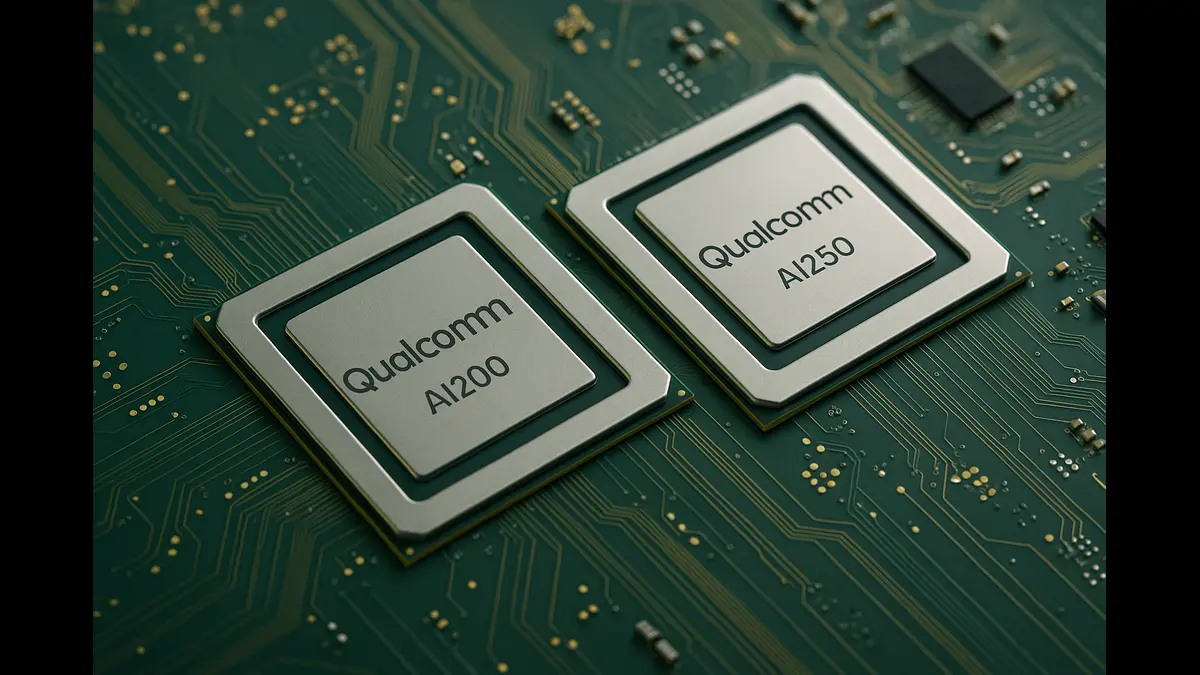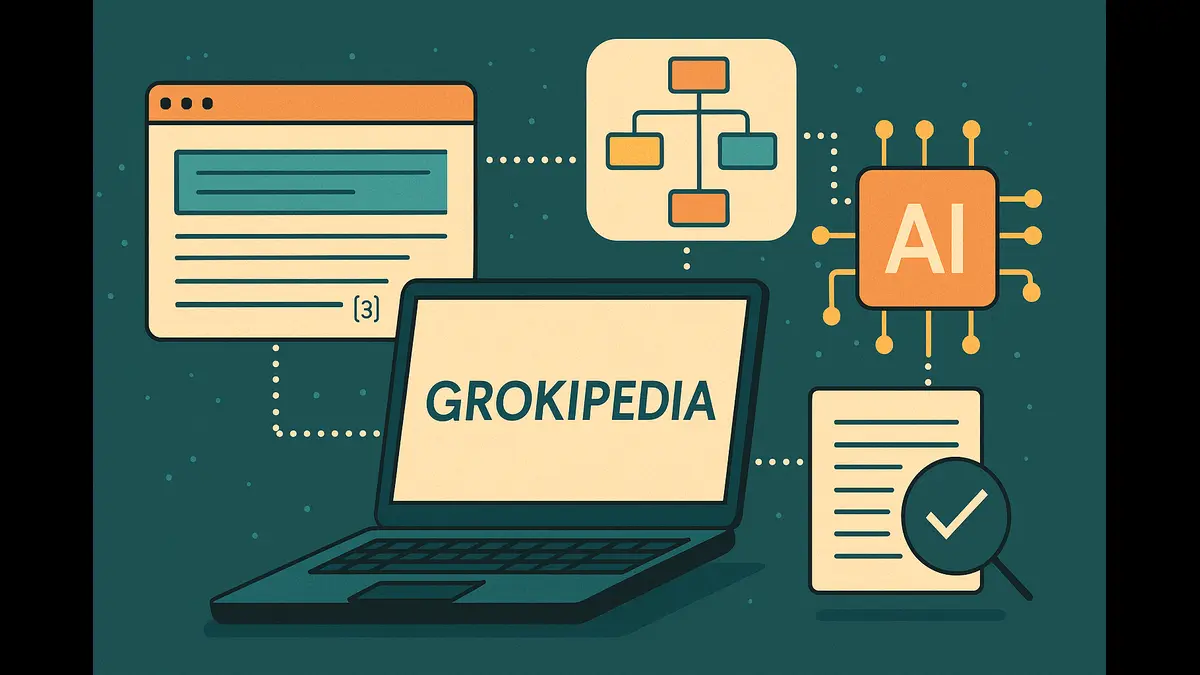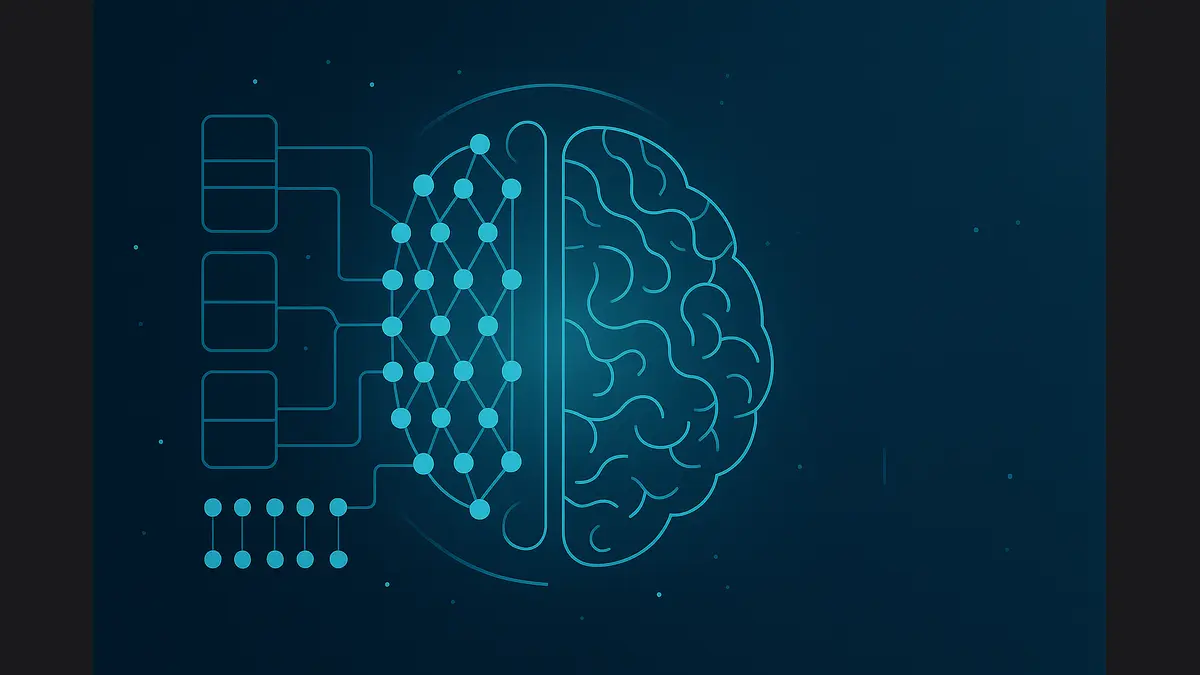
Explore K2-Think, the 32B-parameter open-source AI model by MBZUAI & G42 that achieves 2 000 tokens/s and sets new benchmarks in reasoning performance.
The field of artificial intelligence has reached a critical juncture where raw computational power alone no longer suffices. As professionals across industries confront increasingly complex challenges—from intricate mathematical derivations to strategic decision-making frameworks—traditional language models often fall short, producing outputs marred by inaccuracies or superficial insights. This is where K2-Think enters the conversation. Launched in September 2025 by the Mohamed bin Zayed University of Artificial Intelligence (MBZUAI) and G42, K2-Think represents a significant advancement in AI reasoning models.
With a lean 32 billion parameters and open-source availability, it delivers exceptional performance, processing up to 2,000 tokens per second while competing with leading proprietary systems. This model not only enhances efficiency but also promotes accessibility, allowing developers, researchers, and enterprises to integrate robust reasoning capabilities without prohibitive costs or restrictions.
In this article, we delve into the mechanics of K2-Think, its architectural foundations, benchmark achievements, practical applications, and competitive positioning. By examining these elements, readers will gain a clear understanding of why K2-Think is positioned as a leading open-source reasoning AI of 2025, though independent analyses have raised questions about evaluation methodologies. For those seeking to optimize workflows in education, research, or business, this model offers a reliable pathway to more precise and explainable AI outcomes. As we unpack its contributions, the broader implications for the evolution of AI reasoning become evident, underscoring a shift toward sustainable, inclusive intelligence.
The Evolution of AI Reasoning: From Pattern Matching to Deliberate Analysis
AI reasoning has undergone a profound transformation over the past decade, evolving from basic pattern-matching systems to sophisticated frameworks capable of emulating human-like deliberation. Initial large language models (LLMs), such as those in the early GPT series, relied heavily on next-token prediction trained on expansive datasets. This method enabled fluid text generation and basic task completion but struggled with tasks requiring sustained logical progression, such as solving algebraic equations or evaluating causal relationships. Outputs frequently included hallucinations—confident yet erroneous assertions—stemming from the model’s inability to verify intermediate steps.
The advent of reinforcement learning marked a pivotal shift, with models like OpenAI’s o1 series in 2024 introducing chain-of-thought (CoT) prompting. This technique encourages models to articulate reasoning sequences explicitly, improving accuracy on benchmarks that demand multi-step cognition. However, these developments often resulted in larger, more resource-intensive systems, limiting their adoption to well-funded organizations.
K2-Think addresses these challenges head-on as an open-source alternative. Developed within the UAE’s innovative AI ecosystem, it emphasizes post-training refinements to achieve high-fidelity reasoning without escalating computational demands. By incorporating mechanisms for error detection and path optimization, it reduces reliance on vast parameter counts, making advanced AI reasoning models more attainable. This evolution aligns with growing industry needs: In a data-saturated world, professionals require tools that not only respond quickly but also provide verifiable, step-by-step rationales. K2-Think’s design reflects this imperative, positioning it as a cornerstone in the progression toward more reliable AI systems.
Unpacking K2-Think: Architecture and Core Innovations
K2-Think’s architecture is a testament to efficient engineering. Built on a Qwen 2.5 transformer foundation, K2-Think introduces a set of reasoning-oriented fine-tuning and reinforcement modules rather than expanding parameter count. Long chain-of-thought supervised fine-tuning and reinforcement learning with verifiable rewards (RLVR) strengthen its ability to generate consistent step-wise reasoning. Agentic planning, test-time scaling, and speculative decoding enable it to explore multiple solution paths in parallel before finalizing outputs. This ensures that complex queries—such as deriving a statistical model or troubleshooting software errors—are systematically broken down into discrete, sequential operations. For instance, when addressing a query on optimization problems, the model first identifies constraints, then enumerates variables, and finally iterates through solution candidates.
Complementing this is a self-correction system that operates during runtime. The model evaluates multiple reasoning trajectories in parallel, applying consistency metrics to discard invalid branches. This process draws from principles of probabilistic inference, where each step is weighted by its alignment with established knowledge. Furthermore, K2-Think includes a verifiable explanation component, which appends references to supporting data or principles in its outputs. This feature enhances trustworthiness, particularly in domains requiring auditability, such as legal analysis or financial forecasting.
These elements combine to create a streamlined workflow: Inputs are parsed, hypotheses are generated and tested, and refined conclusions are synthesized—all within milliseconds on compatible hardware. Available through Hugging Face’s Transformers library, K2-Think supports seamless integration into existing pipelines, with inference speeds peaking at 2,000 tokens per second on optimized platforms like Cerebras. This architecture not only outperforms expectations for its size but also sets a standard for how AI reasoning models can balance performance with practicality.
Performance Under the Hood: Benchmarks That Set New Standards
Empirical testing underscores K2-Think’s capabilities. According to official evaluations, it achieves 90.83% on AIME 2024, 63.97% on LiveCodeBench v5, and 71.08% on GPQA-Diamond—results that place it among the strongest open-source reasoning systems of its size. Inference throughput reaches ≈ 2,000 tokens per second on optimized Cerebras hardware,rivaling the efficiency of leading proprietary systems.
Comparative numbers for proprietary or unreleased systems such as DeepSeek v3.1 and OpenAI’s o-series are not publicly confirmed, but early analyses suggest K2-Think delivers near-competitive reasoning efficiency at a fraction of their computational cost. Independent observers have encouraged continued transparency in benchmarking to rule out data overlap or prompt bias. Some community discussions have questioned whether portions of public benchmarks overlap with training data; however, no formal audit has quantified such effects, and the model’s open-weight release allows independent verification. Overall, K2-Think advances open-source reasoning in 2025, prioritizing efficiency in targeted domains.
Real-World Applications: Transforming Industries with Precise Reasoning
K2-Think’s utility extends far beyond academic tests, manifesting in diverse professional contexts where logical rigor drives outcomes. In education, it serves as an advanced tutoring system, providing detailed breakdowns for subjects like calculus or physics. For a query on vector calculus, the model outlines divergence theorems, applies them to specific integrals, and references foundational texts, enabling learners to grasp concepts through structured guidance.
Research applications leverage its hypothesis-generation strengths. In materials science, scientists input experimental parameters to receive predictive models, such as estimating alloy durability under stress. The self-correction feature ensures predictions align with empirical laws, accelerating validation cycles and reducing trial-and-error expenses.
Business operations benefit from its analytical precision. Supply chain managers can simulate disruptions—factoring in variables like tariff changes and logistics delays—to derive contingency strategies. Outputs include probabilistic assessments and rationale chains, supporting data-informed pivots in volatile markets.
In software development, K2-Think aids debugging by tracing error propagation through codebases, suggesting fixes with explanatory notes. Its speed facilitates iterative reviews, enhancing productivity in agile teams. Potential applications include healthcare diagnostic support, cross-referencing symptoms against medical literature to propose differential diagnoses, always with transparent sourcing to comply with regulatory standards.
The open-source framework amplifies these uses through customization. Developers fine-tune K2-Think on proprietary datasets via provided GitHub scripts, tailoring it for sector-specific needs like climate modeling in environmental consulting. This adaptability, combined with low deployment barriers, positions K2-Think as a versatile tool for scaling reasoning across workflows, from small enterprises to multinational operations.
K2-Think vs. the Field: Navigating the Competitive Landscape
Positioning K2-Think within the ecosystem of AI reasoning models reveals a distinct value proposition. Against larger models like DeepSeek v3.1 or OpenAI’s o-series, K2-Think emphasizes parameter efficiency and transparency. While proprietary systems still lead in certain reasoning domains, K2-Think offers open accessibility, reproducible methods, and rapid inference—making it a credible alternative for researchers seeking auditable reasoning performance.
Key advantages include:
- Speed and Scalability: Up to 20x faster inference supports edge computing.
- Accessibility: Free downloads from Hugging Face lower entry barriers.
- Transparency: Built-in explanations and full open-source elements mitigate black-box concerns.
These factors, rooted in the UAE’s collaborative AI ethos, foster ecosystems where K2-Think integrates with frameworks like LangChain for multi-tool orchestration. While competitors dominate in raw scale, K2-Think’s equilibrium of performance and openness carves a niche for sustainable innovation, pending resolutions to evaluation critiques.
Challenges, Ethical Considerations, and Future Directions
Despite its strengths, K2-Think faces hurdles inherent to advanced AI. Resource requirements, though modest, may challenge users without access to mid-tier GPUs, necessitating user-friendly wrappers for broader adoption. Environmental impacts from training and inference persist, albeit minimized by its efficiency—yet ongoing efforts toward greener hardware are vital.
Ethically, the model’s transparent mechanisms aid accountability, allowing users to trace decision paths and flag biases. Training data diversity remains a priority to prevent cultural skews, with calls for inclusive curation to ensure equitable outputs. Misuse risks, such as generating misleading analyses, underscore the need for deployment guidelines, especially given concerns over benchmark integrity.
Looking ahead, K2-Think’s trajectory includes expansions to larger variants and multimodal capabilities, incorporating vision or audio for holistic reasoning. The authors envision future multimodal extensions that could contribute to sustainability initiatives. Integration with agentic systems could enable autonomous task execution, from automated research to predictive maintenance. By 2030, derivatives may underpin global challenges like sustainable development goals, all while upholding open principles.
Advancing Toward Equitable AI Reasoning
K2-Think stands as a milestone in the maturation of AI reasoning models, blending speed, accuracy, and openness to address real-world complexities. Its benchmarks in math and science, innovations like RL with verifiable rewards, and applications illustrate a model engineered for impact, empowering users to navigate uncertainty with confidence. As a leading open-source option available in 2025, it lowers barriers to high-caliber intelligence, inviting widespread experimentation despite ongoing debates on evaluation rigor.
Professionals and enthusiasts are encouraged to access K2-Think via Hugging Face or its official repository, applying it to pressing queries and contributing to its evolution. What role will this model play in your domain? Engage in the discourse below, and consider how efficient reasoning can elevate your endeavors.
Discover more from Poniak Times
Subscribe to get the latest posts sent to your email.

